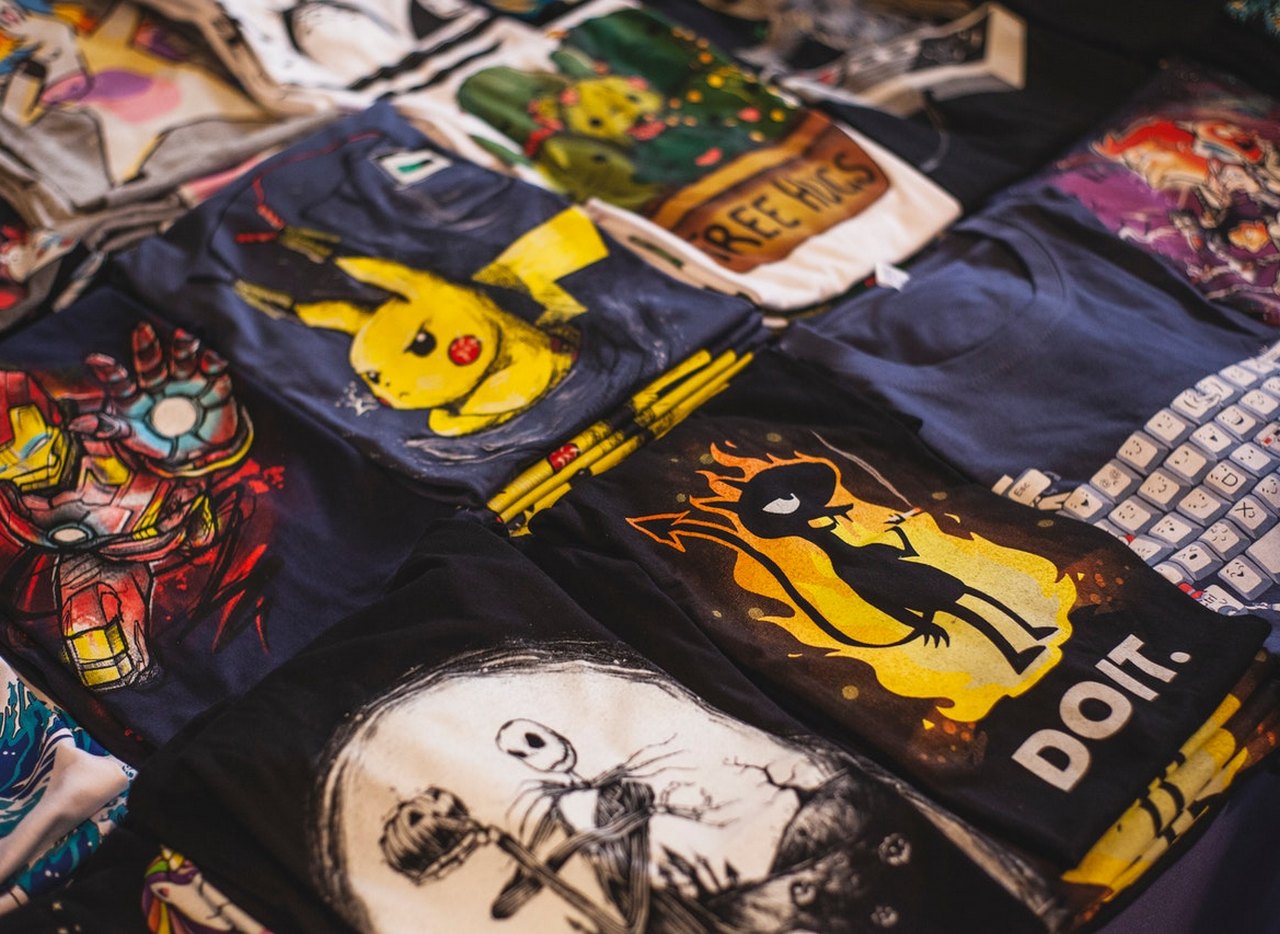Have you ever found yourself buying a breathtaking outfit in a store that didn’t look just as good as it did on the display once you took it home? That is the absolute power of good lighting! A well-designed lighting solution centered on accentuating the qualities of the apparel can massively drive sales in clothing stores.
Whether it’s a window display, a fashion show, a corporate event, or a celebrity red-carpet photography session, any occasion that calls for the highlight of your outstanding design pieces should be met with impressive and flattering lighting. You can create a memorable shopping experience for your clients simply by incorporating the right lighting.
Here are the three main aspects of apparel lighting that you need to consider, to bring out the best of your clothing brand and drawing attention to all the right details:
1. Layering of Light
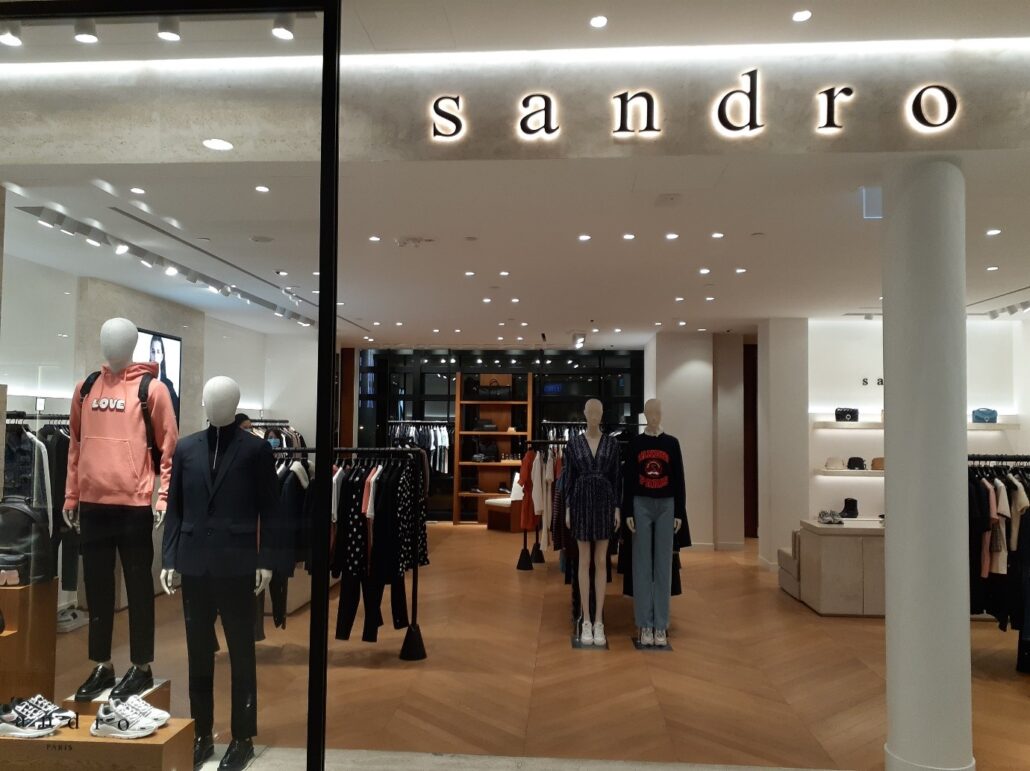
Laweu Chodium 0588, CC BY-SA 4.0, 2020, via Wikimedia Commons
In every good lighting design, there are three main layers of light: ambient lighting, task lighting, and accent lighting.
· Ambient Lighting:
Ambient lighting is responsible for the general illumination of the space. It makes all the difference between a well-lit room and a poorly lit room. The easier method of lighting for a street store would be to create uniform high-illuminance lighting throughout the store. However, if you want to stand out as a luxury brand, it is important to create a medium illuminance level ambiance, which will then be complemented by accent lighting to create a clear contrast between the displayed outfits and the general background.
· Accent Lighting:
Do you want to draw the focus of your customers to a specific corner of the store the moment they walk in? Use accent lighting. As the name suggests, accent lighting is used to accentuate the most important features in a room, which in this case, would be the apparel. Whether it’s a staged display for your one-time piece, an ongoing sale, or a fashion show, you have to draw all the attention of your potential customers and audience, to the art piece. Spotlighting is the perfect solution for this. Invest in track lights that offer high-quality directional lighting for your clothing pieces. Perfect Picture Lights currently offers many LED track lighting solutions for accentuating artistic pieces, clothing displays, and one-of-a-kind outfit designs.
· Task Lighting
Task lighting is often installed in places that may require more concentrated lighting to carry out specific tasks. For instance, if you had a tailoring station, you would require localized task lighting in just that area, to avoid having to increase the ambient lighting of the entire room.
2. Light Source Qualities
Now that you fully understand the various layers of light and how to incorporate them, it is time to pick out your lighting fixtures. Light fixtures come in such a wide range of specifications, and it is, therefore, important to understand what works best for your lighting design.
For clothing stores, the following qualities of your lighting are highly essential:
· The Color Rendering Index (CRI)
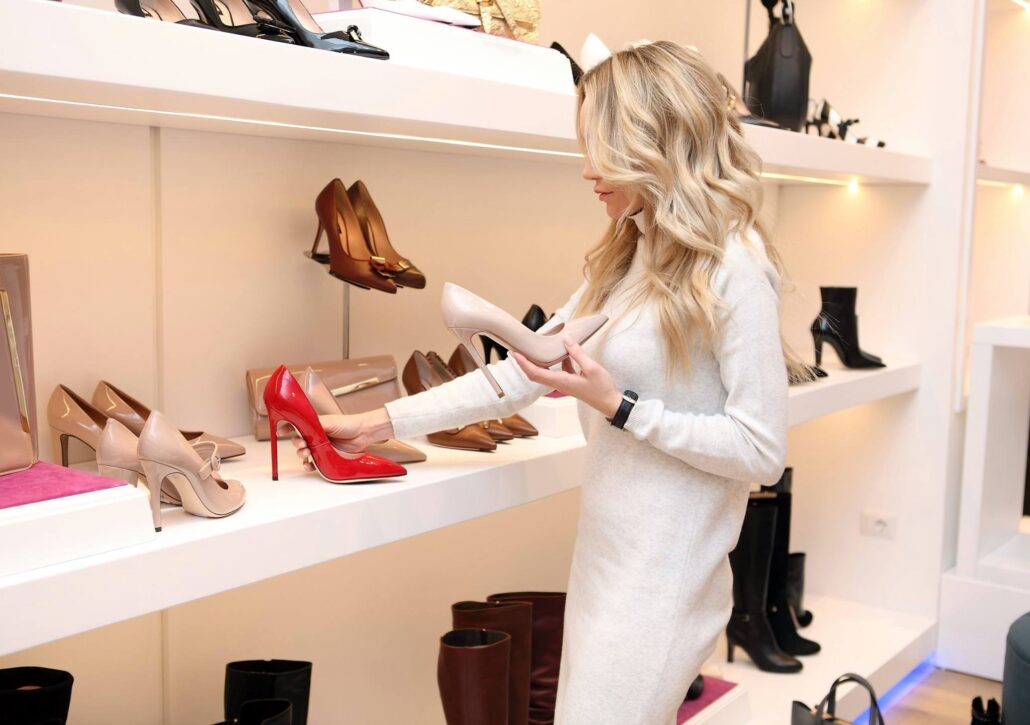
The CRI value of your lighting sources is one of the most fundamental qualities of light, but one that is most often overlooked. It refers to the accuracy with which your light source depicts the true color of the object it illuminates. Due to the high level of detailing in apparel, you need to install a light fixture with a CRI value of 90 and above. This will allow your customers to clearly view every detail in the clothing; enhancing its true color and making it appear bold and vibrant. Since color is an important aspect of fashion, do not compromise on the CRI value of your lighting.
· Color Temperature
The color temperature is another important aspect of your store lighting. Color temperature ranges from warm to neutral/white and finally cool lighting. For apparel lighting, going for a color temperature of between 3000K to 4000K will generate warm, welcoming, and comfortable lighting for your shoppers.
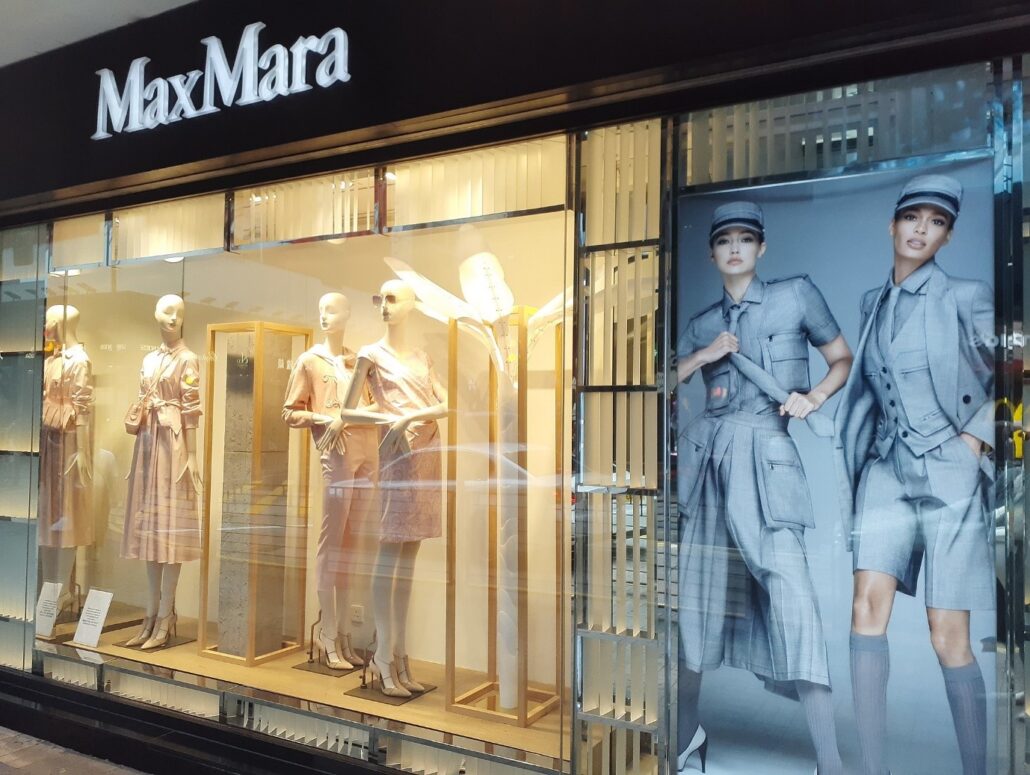
Peking Road Shop, Daivewoi Huongs, 2020, via Wikimedia Commons
· Lumens
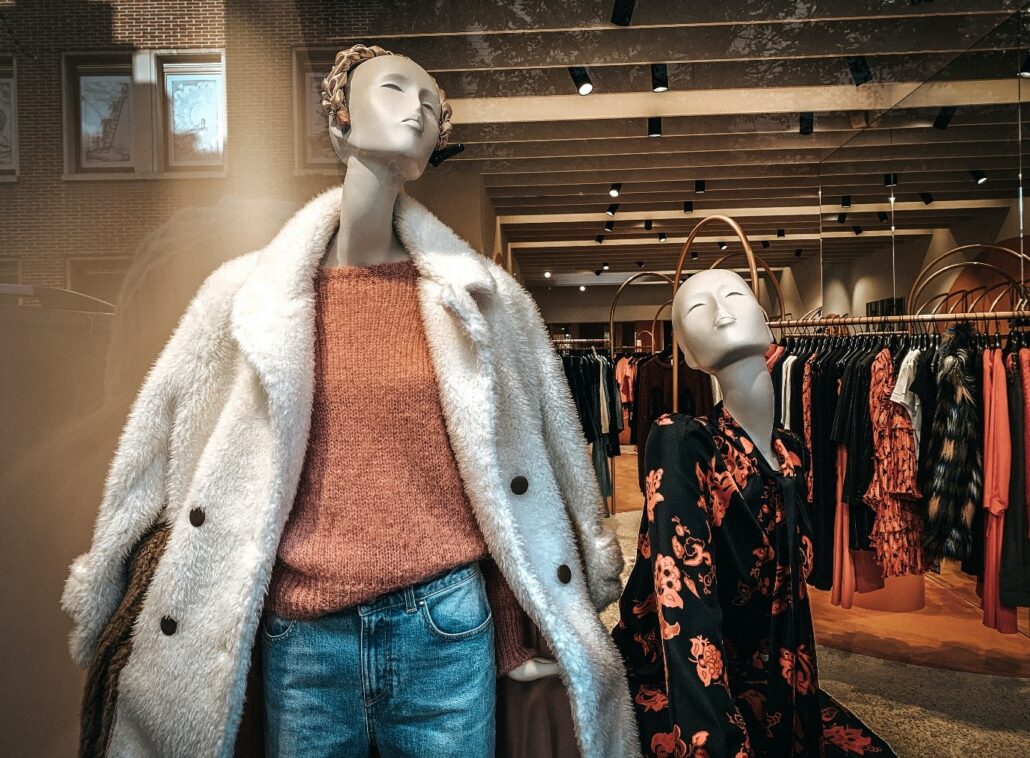
Mannequin of woman in stylish outfit, Claudia Schmalz, 2019, via Pexels
The lumens value of your lighting refers to how bright the light source is. For apparel lighting, the goal is to create adequate lighting that provides visual comfort to all your customers without overpowering the products. To highlight any pieces, your accent lighting should be at least three times brighter than the ambient lighting. This creates enough contrast to draw focus to your pieces.
When it comes to directional lighting such as track lighting, it is important to also consider the Center Beam Candle Power (CBCP), which will dictate how far across the room your light fixture will illuminate.
· Diffuse Lighting
Whether you intend to display your apparel folded on shelves, on a mannequin, or on a live model, apparel lighting must be flattering. Diffuse lighting creates soft uniform lighting with softer shadows that makes all your models and customers look and feel good in your designed spaces. Diffused lighting is also great for photography, as compared to the harsh, crisp shadows created by direct lighting. This is particularly useful for live fashion shows and celebrity red-carpet events.
3. Design Style
Your decorative light fixtures should complement the design style of your store or the apparel on display. A modern light fixture may not blend seamlessly into the design of an antique or vintage clothing store, but will go well with the décor of a minimalistic or contemporary clothing brand. It is, therefore, crucial to think about your brand and preferred design style when selecting your light fixtures.
In Conclusion
If you’re looking to drive sales in your apparel store, or simply stage your designs as works of art, apparel lighting plays such a huge role that it cannot simply be overlooked. Since your lights may be on for the most part of the day, opt for energy-saving LEDs with dimmable features, allowing you to regulate your lighting levels throughout the day.


